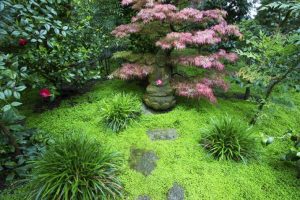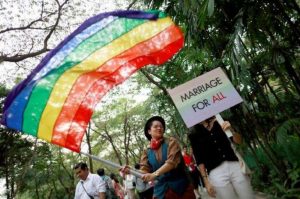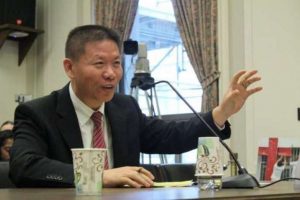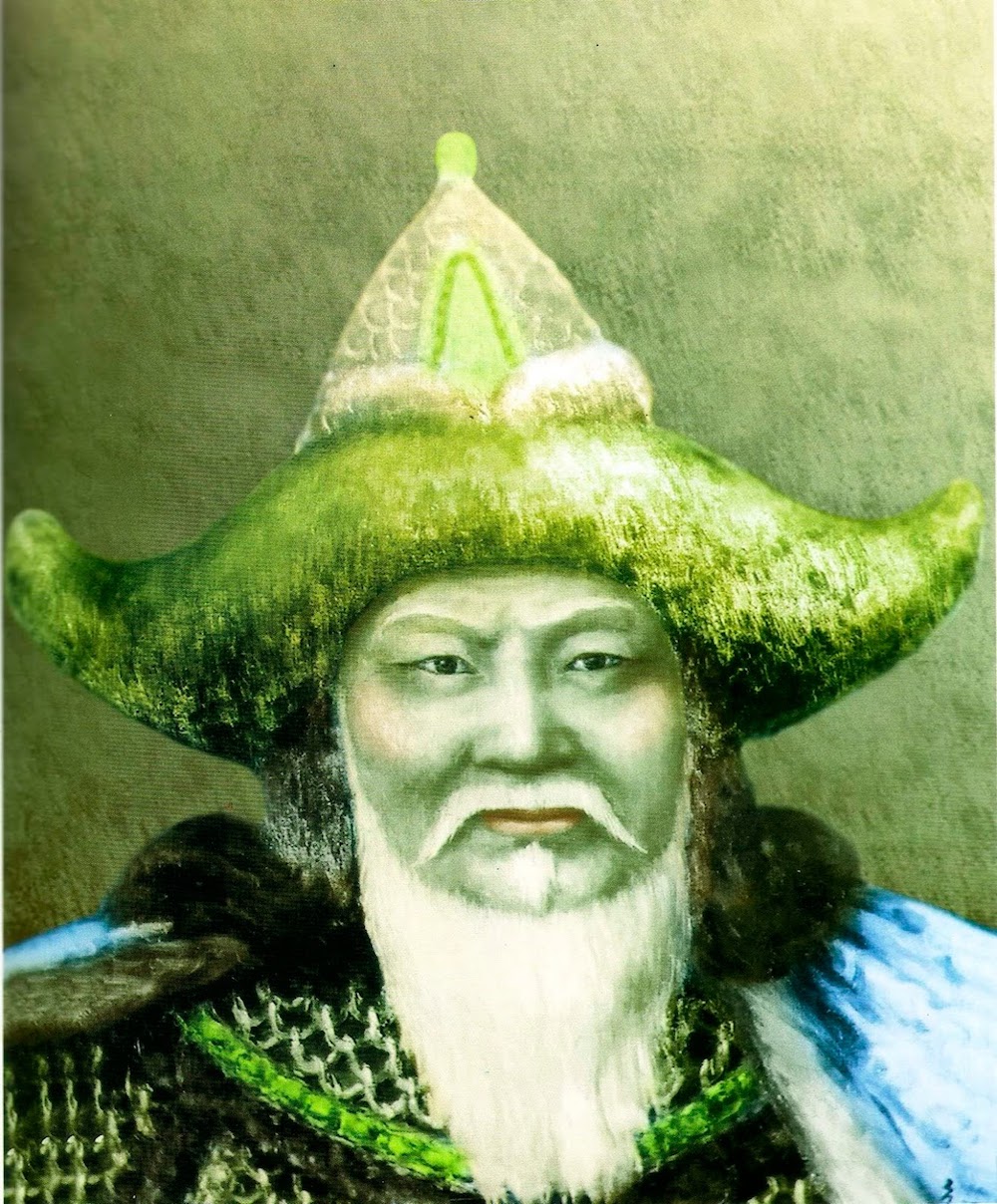
Mongolian painter Urjingiin Yadamsuren (1905–86) is the father of modern Mongolian art, specifically a style influenced by Socialist realism as well as traditional Mongolian styles and techniques called Mongol Zurag. The style took everyday Mongolian themes and made normal people and practices the subject. As a boy, Yadamsuren learned carving and woodblock printmaking. His uncle was a monk, taking in his nephew from the age of 13 and teaching him the art of painting Buddhist deities. Yadamsuren grew up when Mongolia split from China and realigned with the Soviet Union. It was an era of revolutionary heroes, a sense of independence, and a domination of Russian cultural forms.
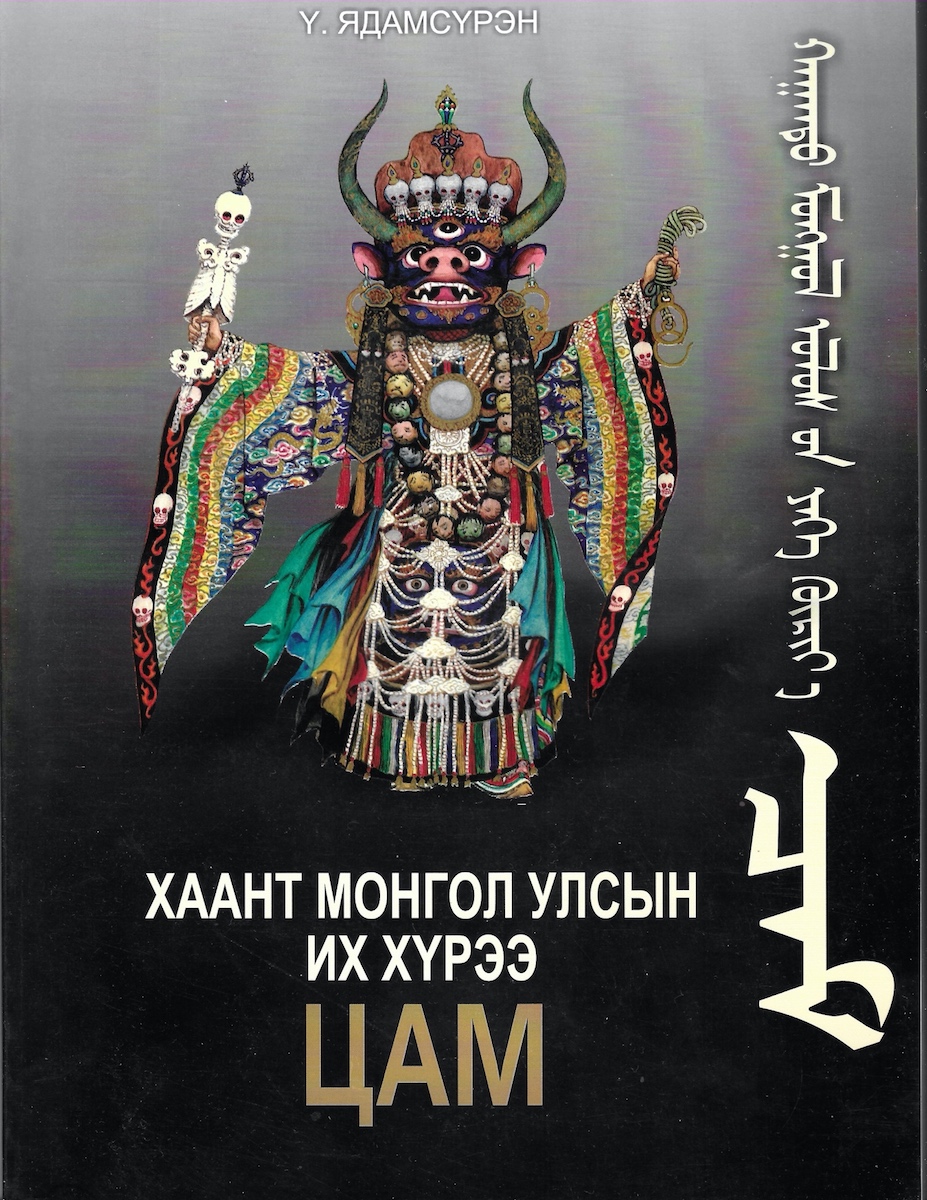
by Urjingiin Yadamsuren. Published 2005, Admon Printing
and Publishing, Ulaanbaatar.
Yadamsuren’s talent was recognized early. He spoke Tibetan and Mongolian, knew monastic rituals and art processes, and taught art, moving first from the remote regions to Ulaanbaatar, and then to study art at the Surikov Art Institute in Moscow, where, from 1938–42, he learned Western techniques of painting, and the Soviet heroic nationalist style. The outbreak of World War 2 caused Yadamsuren to return to Ulaanbaatar, where he trained a generation of Mongolian’s foremost contemporary painters. Yadamsuren has been honored with the Mongolian State Award and the designation People’s Painter.
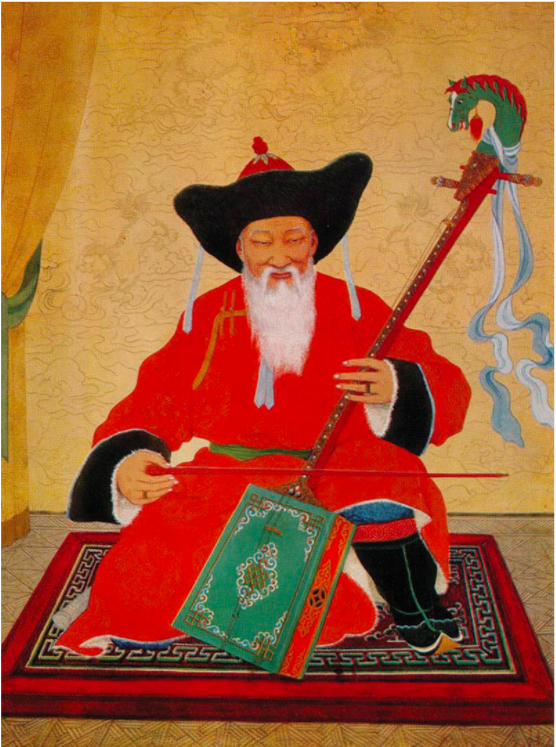
Also known as The Old Fiddler, this is one of the most
reproduced images in Mongolia. Gouache on board.
Around 1950, Yadamsuren turned his attention to the study of ethnography, the recording of culture. His work already expressed an ethnographic aspect, capturing historical heroes such as Chinggis Khaan, and the more modern revolutionary hero Damdin Sükhbaatar. He’d gone further into a style that was neither strictly a Mongolian technique, nor strictly a Soviet one. Yadamsuren revived Buddhist painting styles in flat colors. One painting, known as The Old Fiddler (1958), unleashed a wave of interest in revived national traditions and is one of the most reproduced images in Mongolia. The fiddler is also a storyteller.
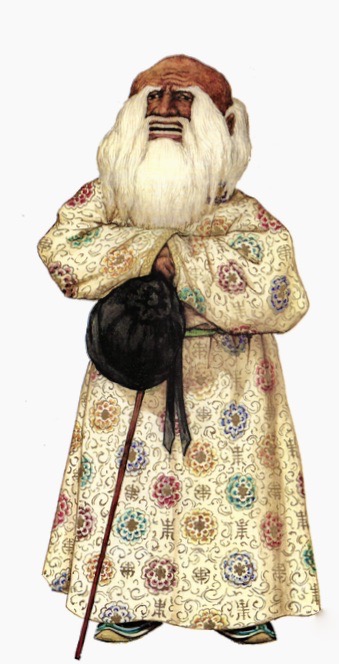
Khuree of Theocratic Mongolia by Urjingiin
Yadamsuren. Aquarelle with gold on cardboard
Yadamsuren produced two large albums of paintings, Folklore Arts, and Mongolian National Costume. These volumes, and later prints, displayed his appreciation for the artistic craftsmanship in every detail of the costumes, from embroidery and lacquerwork, to carving and silversmithing. All of the beautiful fabrics and patterns were Mongolian. These works, along with Yadamsuren’s extensive chronicling of secular and clerical clothing, amount to ethnographic records that are artistically significant to the Mongolian and art worlds at large, as well as historically important for recording Mongolian culture in times of Soviet ascendency. Remarkably, Yadamsuren’s wife and daughter made costumes from his designs and had a thriving business supplying theatrical companies with historical costumes.
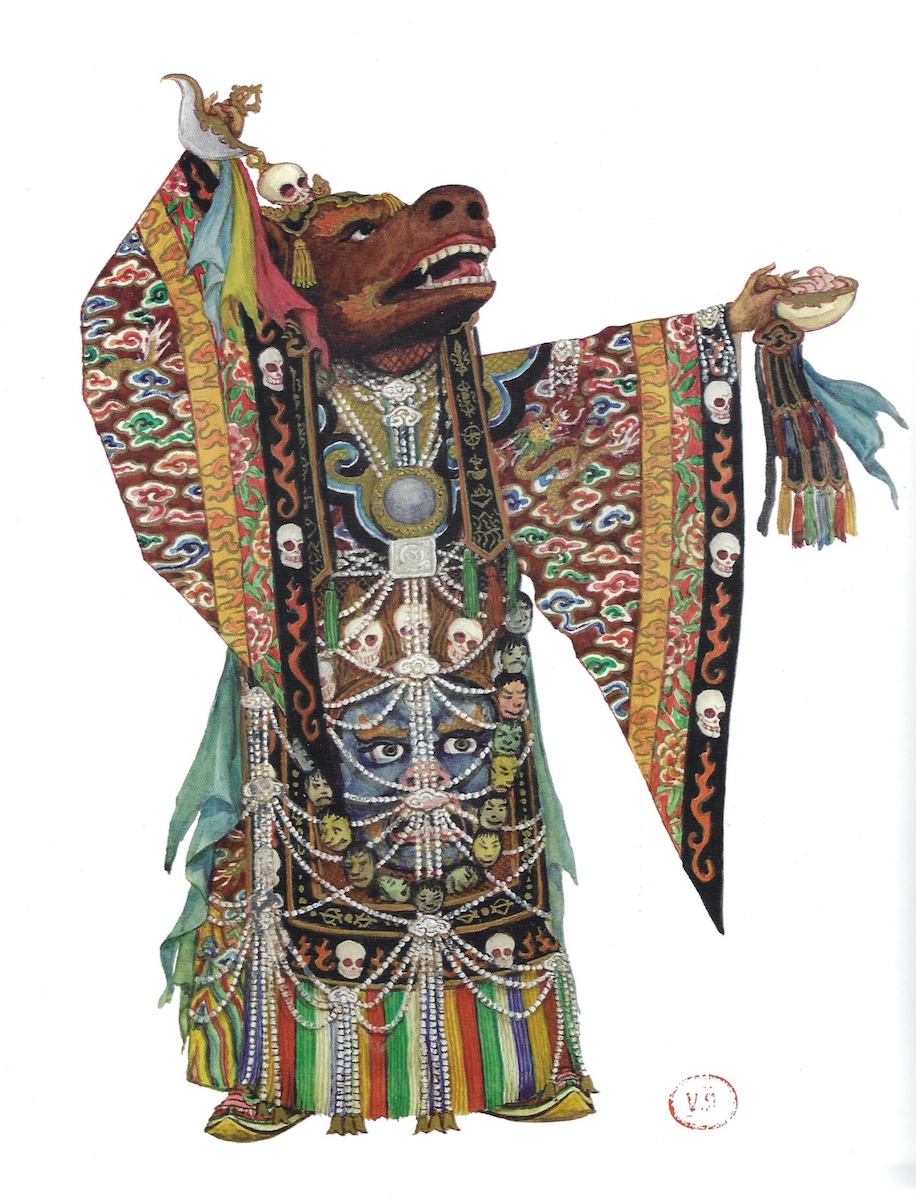
in Ikh Khuree of Theocratic Mongolia by Urjingiin
Yadamsuren. Aquarelle with gold on cardboard
In 1965, Yadamsuren embarked on an effort to paint all the dancers of Mongolian’s most famous Buddhist tsam ceremony, a great three-day dance that includes 108 characters. The task took him 10 years. By 1975, it was the height of Soviet-style government in Mongolia and religion was not encouraged. Despite his fame, Yadamsuren could not find anyone to publish the album of tsam dancers and costumes. This tsam album is called Ritual Dances Tsam of Ikh Khuree of Theocratic Mongolia. Ikh Khuree is the old name for the capital, Ulaanbaatar, from a time of Mongolia’s independence. It refers to tsam dance from that period. Of tsam he wrote: “The described performance is a religious ceremony but it has traditional, masquerade, and dance-art meaning.”
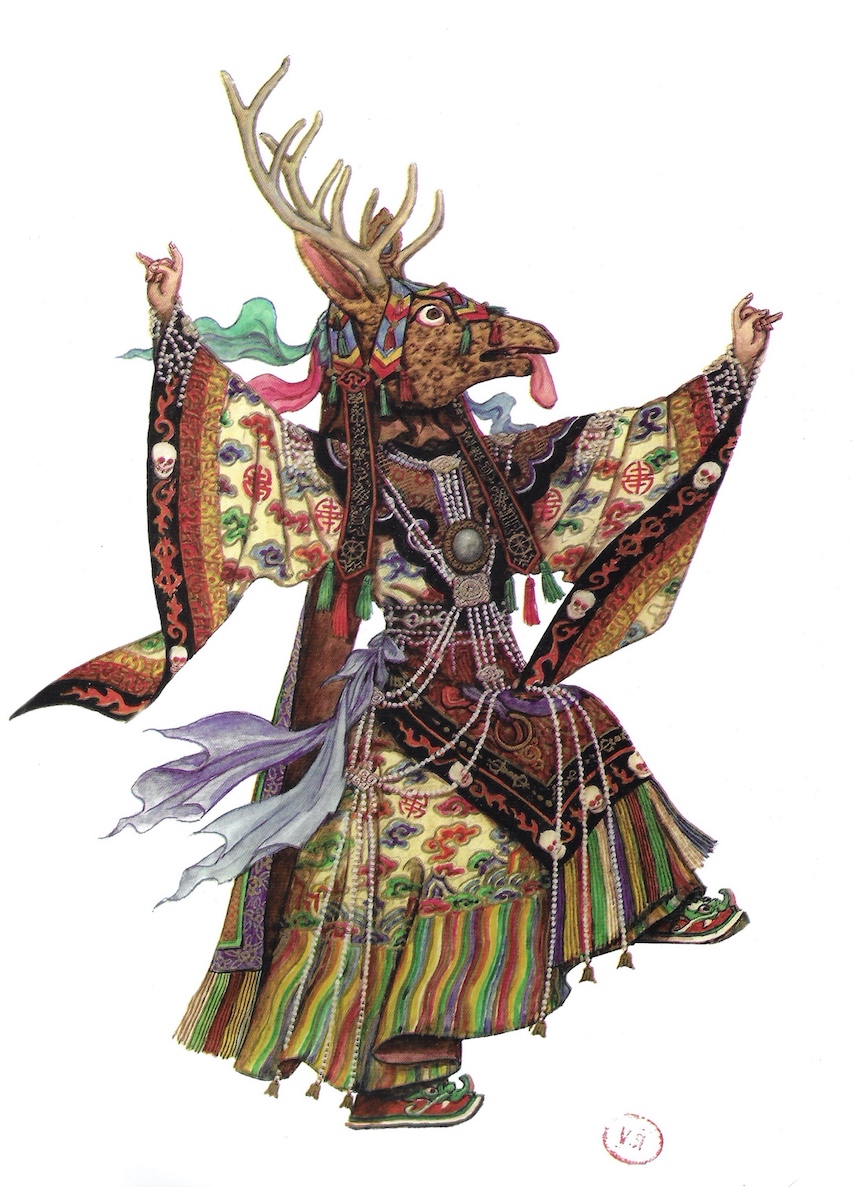
Tsam in Ikh Khuree of Theocratic Mongolia by Urjingiin
Yadamsuren. Aquarelle with gold on cardboard
Tsam was first performed in Ikh Khuree in 1811, and from that time developed in uniquely Mongolian ways, organized by clans and guilds, as well as by the monasteries in which it was maintained. New dances, such as a stag dance and garuda dance, were added, and many changes made to the costumes reflecting Mongolian crafts and tastes. The masks were made larger, the implements were elaborate, and the fabrics as well as the costumes were works of art. The tsam depicted by Yadamsuren is a product of his boyhood memories of tsam as a cultural expression of a free Mongolia, and the cooperation of monks and clans in reproducing every character over 10 years.
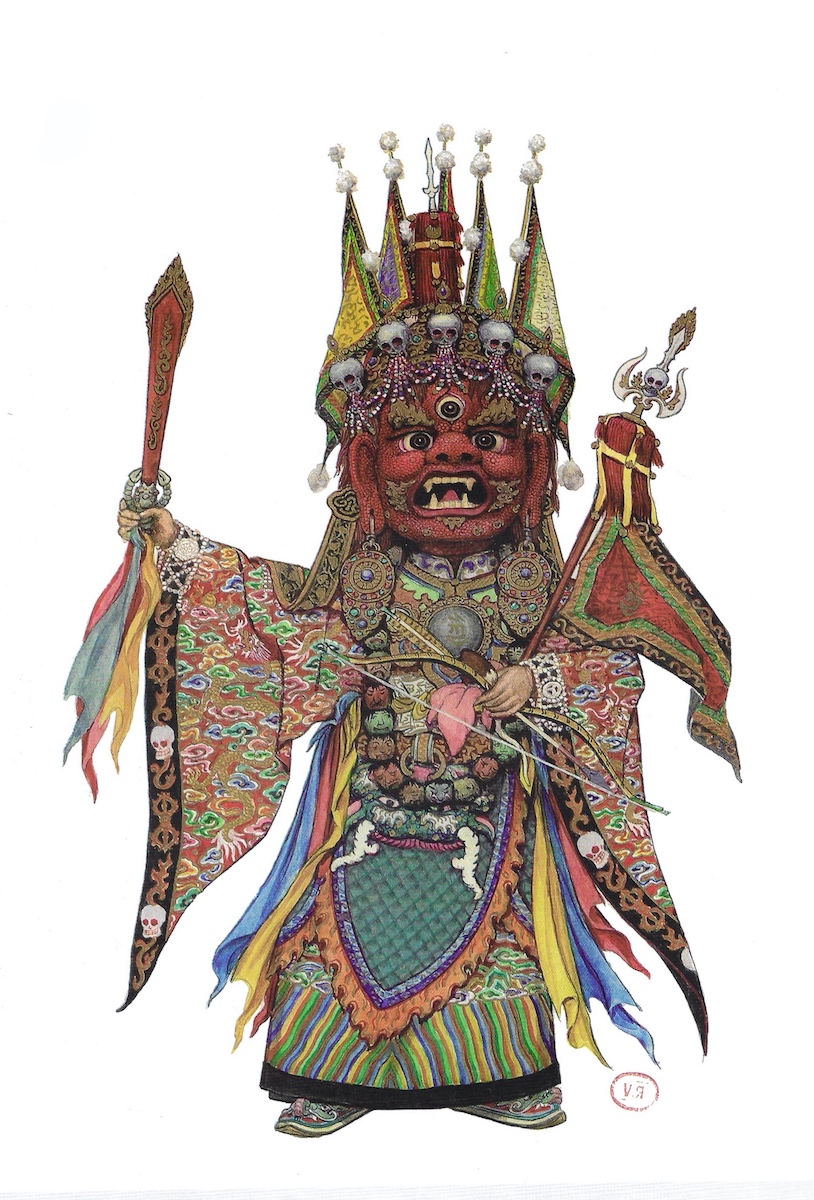
Tsam in Ikh Khuree of Theocratic Mongolia by Urjingiin Yadamsuren.
Aquarelle with gold on cardboard
In the early 21st century, a bid was made by a museum to publish the book of tsam dancers, but there was a betrayal and images were used and circulated without proper credit and attribution. This was finally remedied when, in 2005, the centennial of the artist’s birth, Yadamsuren’s children and foundation produced the glossy paperback version of the album in its entirety, finally made public 40 years after its completion.
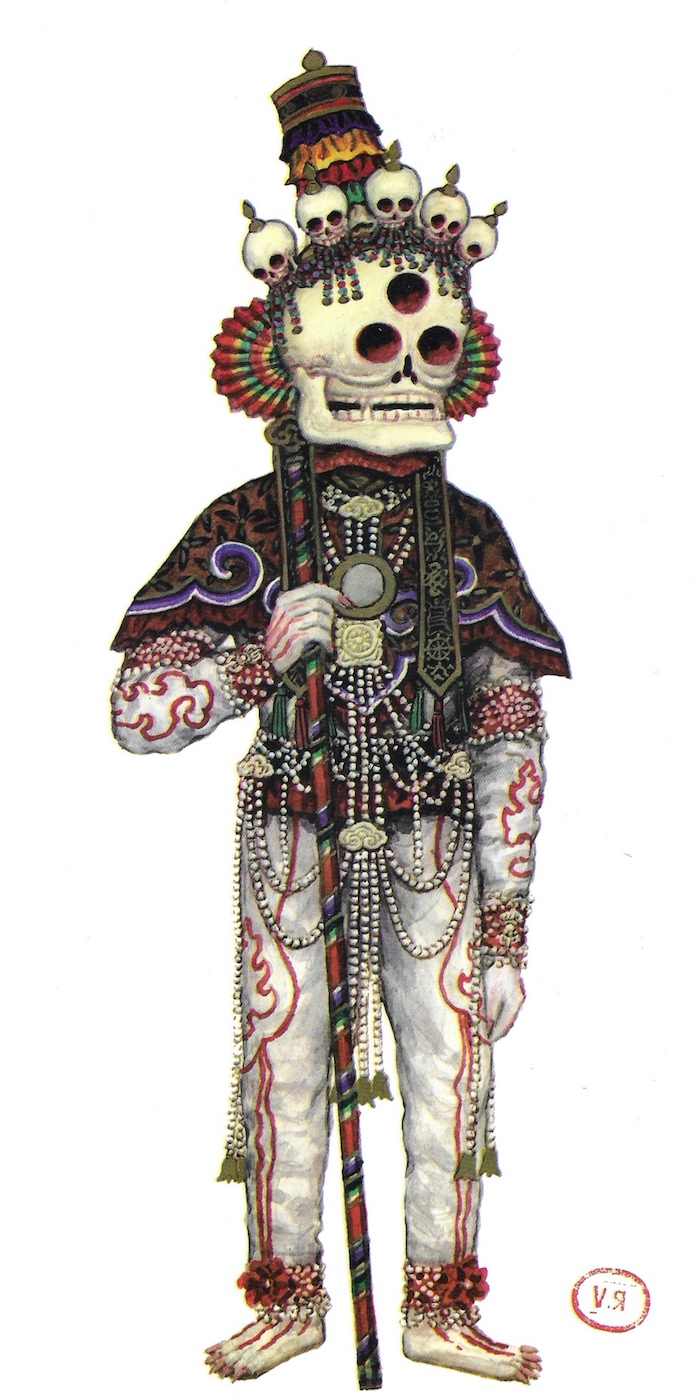
in Ikh Khuree of Theocratic Mongolia by Urjingiin Yadamsuren.
Aquarelle with gold on cardboard
The book, which can be purchased online, is a thing of beauty and contemplation. Each painting shows the work of many artists and craftsmen and so becomes an ethnographic record of much more than a tsam cast of characters. Yadamsuren created the album to preserve Mongolian heritage and especially tsam, which he saw as threatened. He was right, the continuity of tsam in Mongolia today is not robust, with tour operators making showy imitations of tsam to appeal to tourists where monasteries do not have the wherewithal to stage their own tsam ceremonies with rigor. Yadamsuren’s album becomes more important as a key to Mongolian Buddhist arts and practices with every passing year. Ritual Dances Tsam in Ikh Khuree of Theocratic Mongolia establishes People’s Painter Urjingiin Yadamsuren as one of the great dance ethnographers of Buddhist ritual arts.
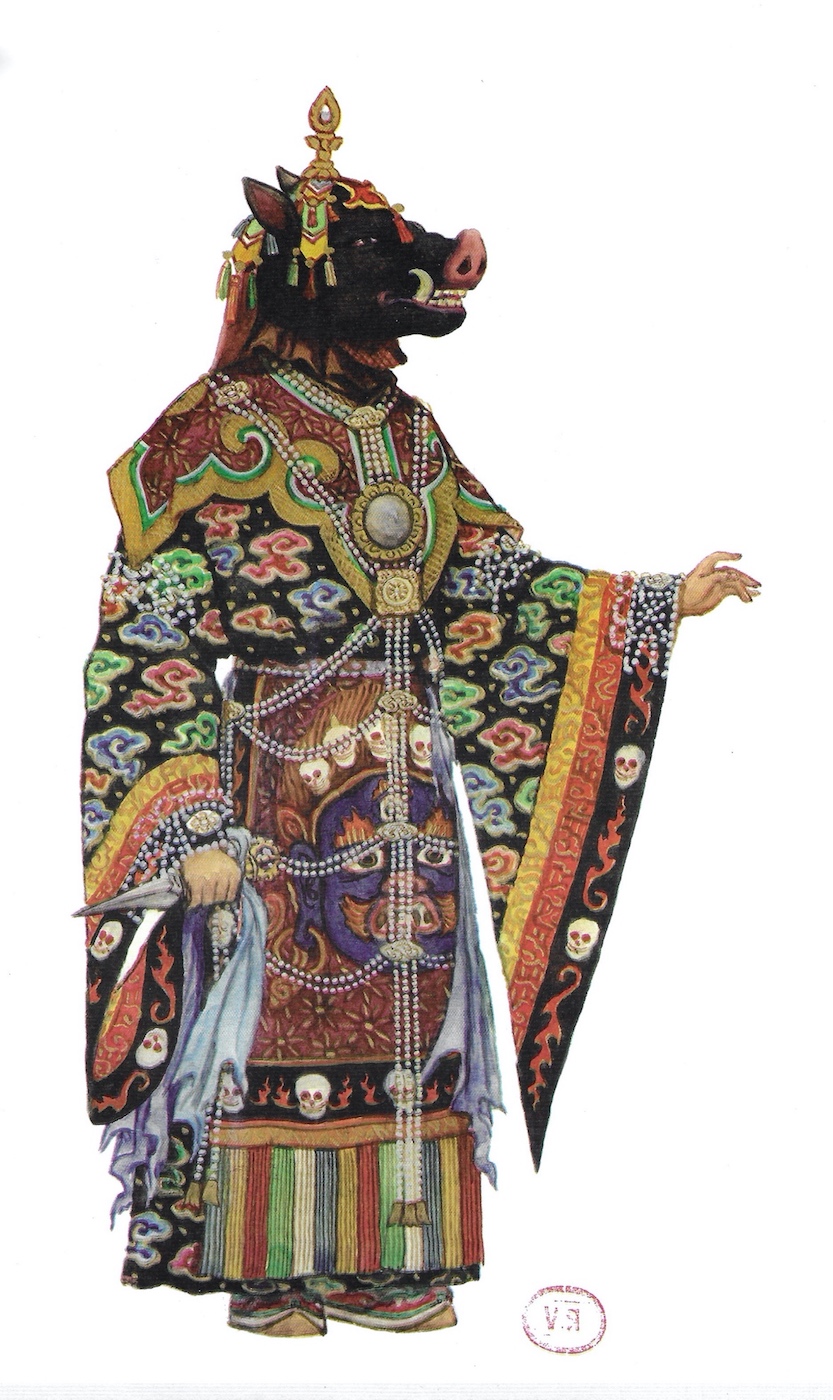
in Ikh Khuree of Theocratic Mongolia by Urjingiin Yadamsuren.
Aquarelle with gold on cardboard
See more






